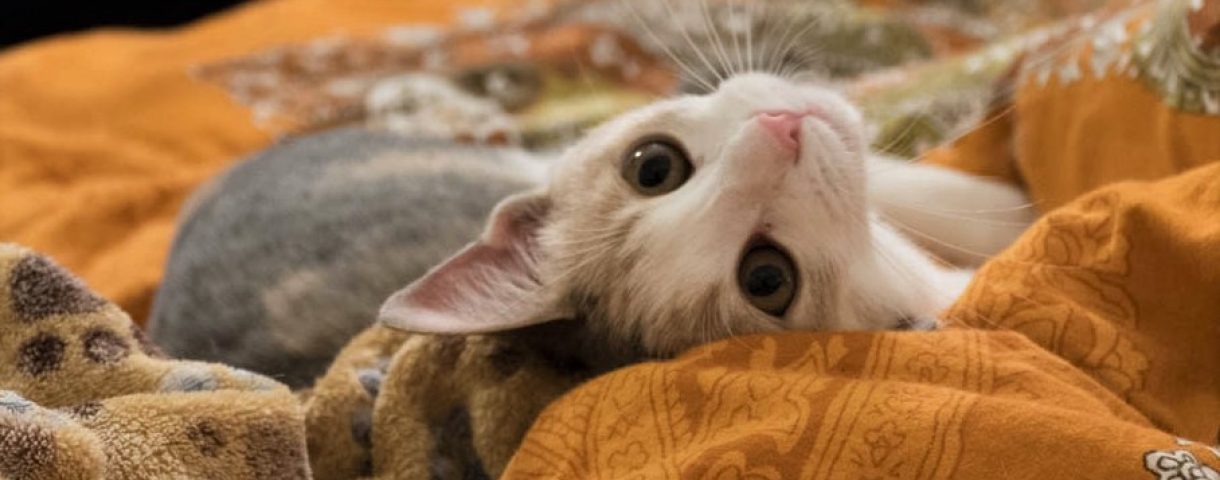I frequently daydream that an authoritative study published in Blood will tell me that chocolate is good for me. Well, perhaps that day is just around the corner. Yesterday I read a Yahoo News article about pizza, which turns not to be as junky as we might think (you can read snippets of this article below, or read the entire article by clicking on this link: http://tinyurl.com/24vfa6). As a pizza-maker and -lover, I was absolutely thrilled! I usually let my dough rise for two hours or so. Researcher Jeffrey Moore states that it has to rise for 18 hours. 18 hours? I can just see Dough Rex taking over the kitchen and terrorizing my cats! Take note: we’ll have to move into a bigger house to make pizza. The one food item my hubby and I agree on is pizza. I married a carnivore who dislikes pasta (I know, an Italian who dislikes pasta, say no more), whereas I am more vegetable-inclined. So, even though I read somewhere that fresh yeast is not good for cancer patients, I still make pizza about once a week. I try to compensate by adding healthful things to it, like garlic, onions and so on. I even tried making turmeric pizza once. Ok, that tasted terrible, but looked lovely (nice and orange)! In sum, my hubby and I love pizza. But it’s still junk food. Or.is it? Read on…
Pizza as health food? Food chemists say yes.
It’s the junk food junkie’s wildest dream come true — pizza as health food. University of Maryland food chemists said on Monday they had found ways to enhance the antioxidant content of whole-grain wheat pizza dough by baking it longer at higher temperatures and giving the dough lots of time to rise. [ ] But Moore had a slice of advice for pizza aficionados who might want to cover their crust with mounds of fatty toppings like extra cheese, pepperoni, sausage and ground beef. “If you’re adding back all these other things that have potential negative health consequences, then you’re negating anything that you’re adding in terms of (health) value,” Moore said. [ ] The researchers experimented with baking temperatures, baking time and fermentation time — the time the pizza dough is given to rise. [ ] Antioxidant levels rose by up to 60 percent with longer baking times and up to 82 percent with higher baking temperatures [ ]. Baking time and temperature can be increased together without burning the pizza when done carefully, the researchers said. They used oven temperatures from 400 to 550 degrees Fahrenheit (204 to 287 degrees Celsius), and baking times from 7 to 14 minutes. They looked at fermentation times up to two full days, and found that longer periods in some cases doubled the dough’s antioxidant levels. This probably stemmed from chemical reactions caused by yeasts in the dough that had more time to release the antioxidant components, Moore said. A common fermentation time is about 18 hours, Moore said. [ ] (Yahoo News, Will Dunham, March 26, 2007)
